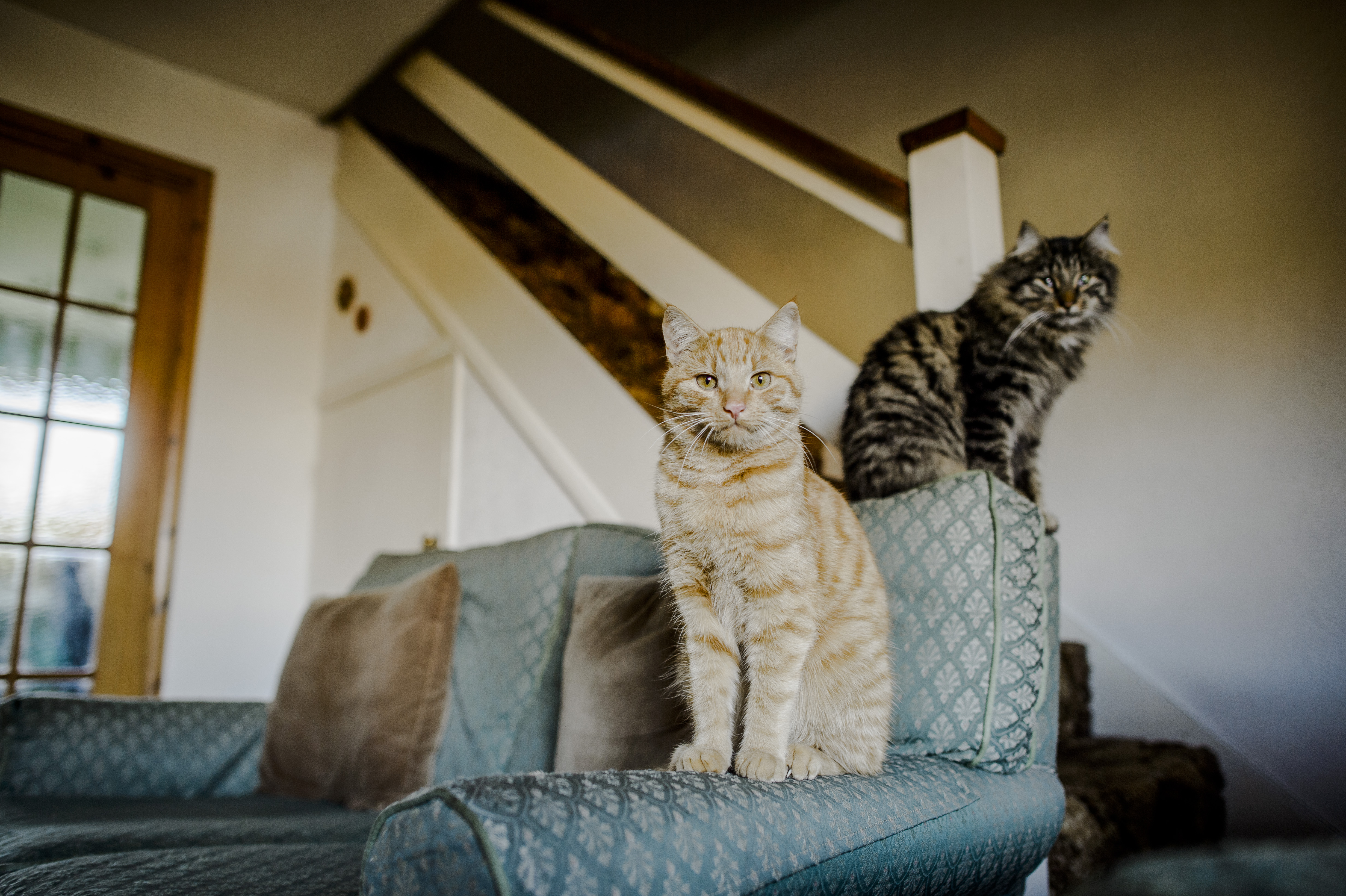
Evolution of cats
Where did our domesticated moggies come from? The simplified, straight forward answer – of which, there often isn’t when it comes to tracing back where our pets have come from – is that genetic analysis of DNA has shown that our cats of today are direct descendants of those around in the times of ancient Egypt.
These cats were called felis sylvestris lybica (and no, that’s not a spell from Harry Potter), otherwise known as African wildcats. They still exist today and look very similar to our own house cats. In fact, one of the only differences is the change in genetic make-up, with our house cats developing tabby coats.
How long have cats been around?
It’s thought that the cats we share our homes with are descendants from one member of the felidae family that existed 10-12 million years ago. Believed to be from Asia, this original kitty would have shared the same features as the cats we know and love today.
Since then these tenacious animals began their migration around the world and have evolved into 37 different species within the felidae family.
The cat family can be placed into three groups:
- Panthera – cats that roar; such as lions, tigers and leopards
- Acinonyx – this defines cats that don’t have sheaths for guarding their claws. The cheetah is the only existing cat in this classification.
- Felis – all other small cats (including yours truly, the house cat)
The domestic cat, also known as the felis catus, is the most recently evolved of all the species within the cat family.
How did cats become so close to humans?
Fossil records from early human settlements show the co-existence of wild cats and humans, but recent evidence has shown that it wasn’t until around 10,000 years ago that the way we viewed cats began to change, with the finding of a cat in Cyprus who had been buried with their owner.
At this time, there were a lot of farming communities, increasing the population of mice and other rodents. So, one of the theories is that this prey would have attracted the wild cats of that time, bringing them closer to civilisation.
It’s thought that slowly, over time, certain cats would have become used to humans. The relationship between us and them would have been of mutual benefit – they would have kept rodent numbers down, protecting our food, and cats, in return, learnt that being closer to humans meant they could get easy access to prey.
But this only goes as far as to say that we tolerated each other’s existence.
When did cats become domesticated?
Pedigree cats aside, all other cats are not strictly considered domesticated. It would be more accurate to say that cats are tame.
Unlike dogs, cats have kept their wild instincts, and their behaviour is still very similar to that of their ancestors. They can still survive without us and are naturally solitary animals – so why do they stay?
Well, another theory is that the African wildcat, originally found in ancient Egypt, began to populate the rest of the world, because it was more sociable and tamer than previous species and this appealed to humans. Allowing both humans and cats to create a different type of bond.
While these are all theories, the one thing that is clear, is that cats do show affection towards humans and actively choose to come back to us after being out of the house. For an animal that is still relatively wild, this is quite a compliment to us humans.




